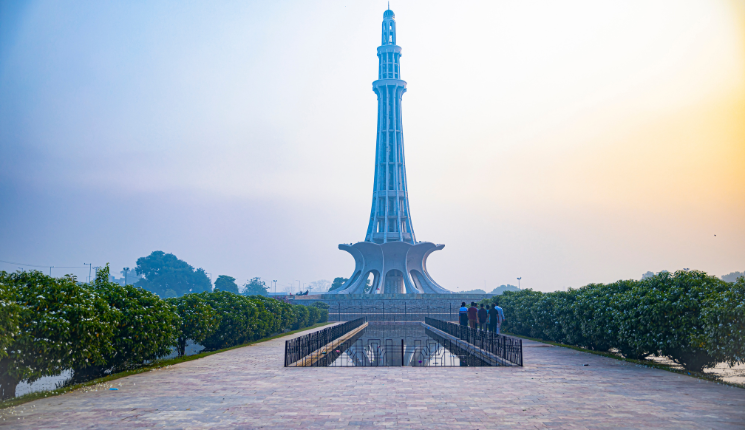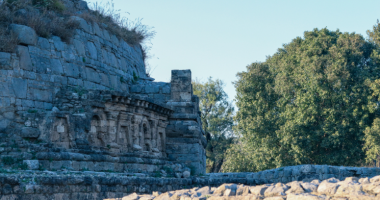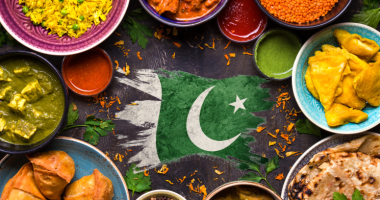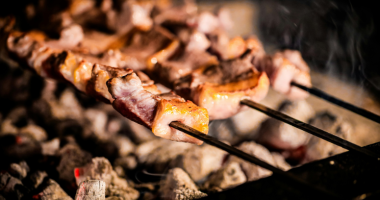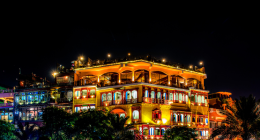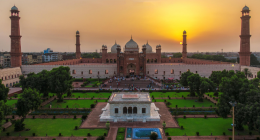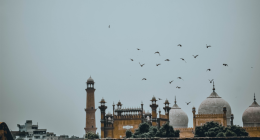Lahore isn’t just a city—it’s an experience. From the moment you step into its colorful streets, there’s an unmistakable buzz in the air. It’s the scent of spiced curries, the laughter of roadside chai stalls, and the sound of qawwali echoing from ancient mosques. But if you really want to feel the heart of the city, there’s no better way than through its food. This is where Lahore culinary heritage comes alive.
Lahore Culinary Heritage Through Time
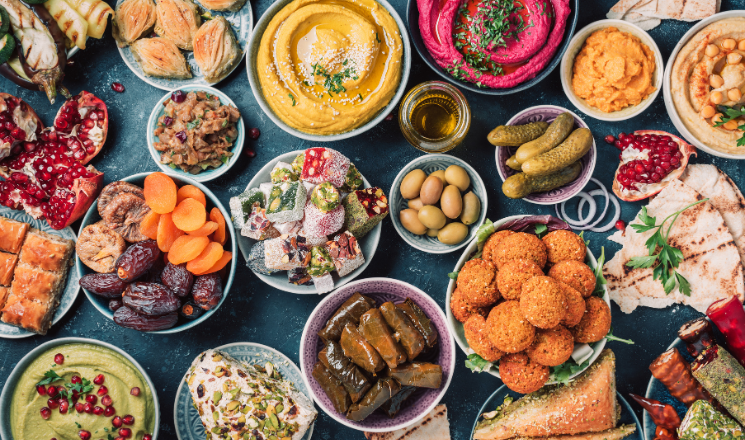
You can’t understand Lahore culinary heritage without taking a step into its past. Through centuries of Mughal rule, colonialism, and migration, Lahore’s food became a fusion of flavors. The Mughal influence introduced slow-cooked meats, aromatic spices, and rich gravies, all of which remain staples today.
Family kitchens have preserved these traditions with care. Recipes like haleem, nihari, and korma are made just as they were hundreds of years ago, though now shared through cookbooks, YouTube channels, and food blogs.
So, the story of Lahore is told in flavors—each dish telling its own chapter.
Iconic Street Foods and Cultural Eats
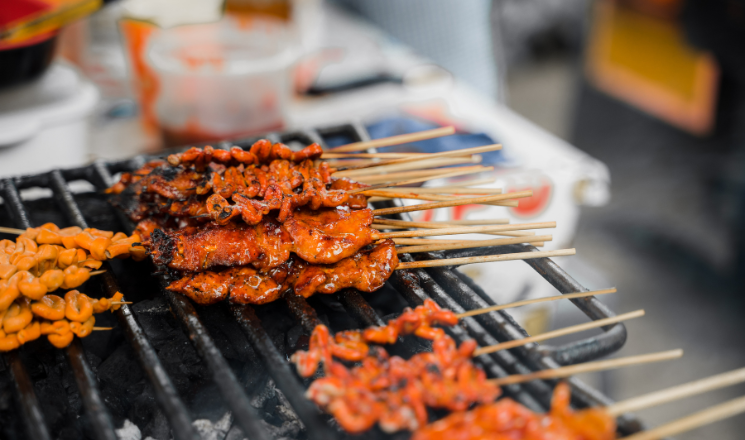
One of the best ways to enjoy Lahore’s cultural food scene is through its street food. From dawn till late night, the streets of Anarkali, Gawalmandi, and Fort Road Food Street are alive with the crackle of frying pans and sizzling grills.
Spicy chargha, hot kebabs, crispy gol gappay, and cool lassi make every street corner a stop worth tasting. Vendors proudly serve recipes passed down for generations—some even cook without written instructions, relying only on memory and touch.
Even if you’ve eaten plenty elsewhere, food in Lahore feels different—more personal, more rooted, more alive.
Traditional Dishes That Define Lahore Cuisine
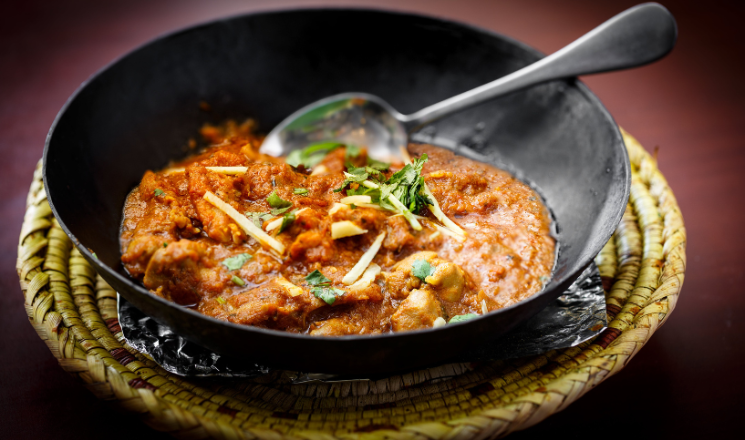
Now let’s get deeper into dishes that define Lahore’s food traditions. While each family has its own twist, certain classics are found in nearly every home:
- Paye (trotters curry): Slow-cooked and eaten at breakfast with naan.
- Murgh Cholay: Chicken with chickpeas, spiced just right.
- Zarda: A sweet, saffron-colored rice dessert.
- Karahi: Tomatoes, green chilies, and meat—served in the same wok it’s cooked in.
These meals are often served during family gatherings, weddings, or even after Jummah prayers. Through taste and aroma, they create shared memories.
Exploring Walled City’s Culinary Legacy
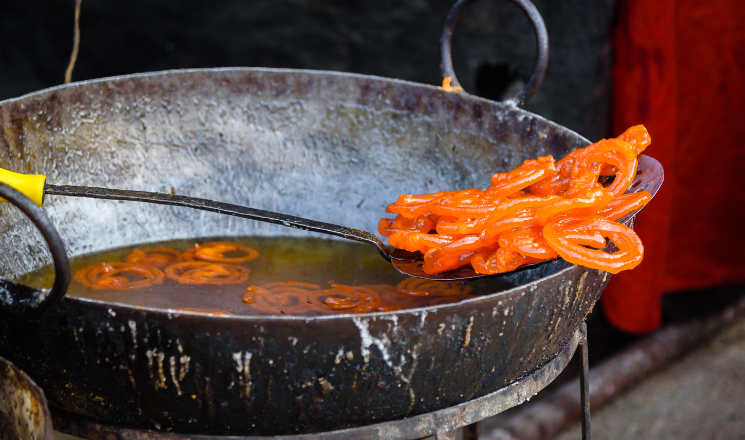
There’s no better place to explore Lahore culinary heritage than the Walled City. Behind its historic gates are timeless eateries, tucked between old stone alleys and bright bazaars.
Start with Butt Karahi, famous for its smoky tomato-based karahi. Nearby, Taj Mahal Sweets tempts you with syrupy jalebis and soft barfi. Many of these businesses have stayed in the same family for decades, preserving authentic flavor.
Even in today’s fast-paced world, this area hasn’t lost its rhythm. Here, tradition is served on every plate, with recipes older than the buildings they’re made in.
Rich Spice Blends in Lahori Cooking
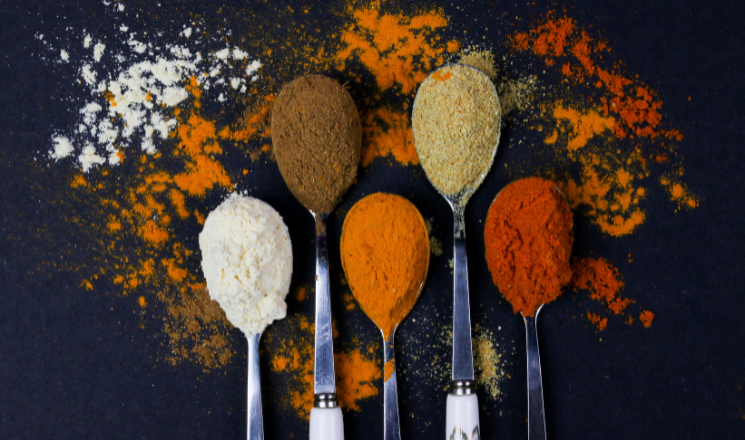
The essence of Lahore culinary heritage lies in its spices. Not just for heat—Lahori masalas build depth, balance, and identity. For example:
- Cloves add warmth to meat stews.
- Cumin adds earthiness to rice dishes.
- Black cardamom creates smokiness in curries.
Unlike mass-produced packets, many families still grind their spices fresh using mortar and pestle. These spice blends vary by household, making even similar dishes taste distinct.
So, from one neighborhood to another, a karahi is never just a karahi—it’s a new story every time.
Family Traditions and Shared Culinary Rituals
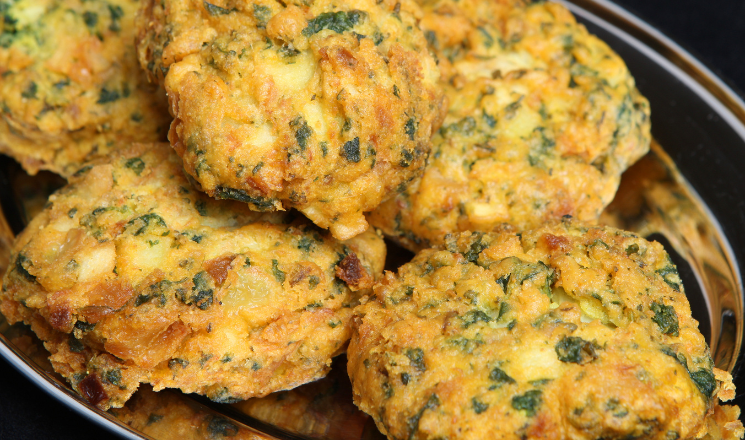
One beautiful part of Lahore culinary heritage is its connection to family. Mealtimes are about more than eating—they’re about bonding, storytelling, and love.
During Ramadan, families wake up before dawn for sehri and gather again at sunset for iftar. Huge spreads cover the table: samosas, pakoras, fruit chaat, dates, and drinks. During Eid, even more elaborate feasts are prepared, including biryani, kebabs, and sweet sheer khurma.
Even on regular days, food carries emotional weight. A simple roti and daal meal means comfort, while Sunday breakfast with halwa puri becomes a joyful tradition passed down to kids.
Famous Spots Celebrating Lahore Culinary Heritage
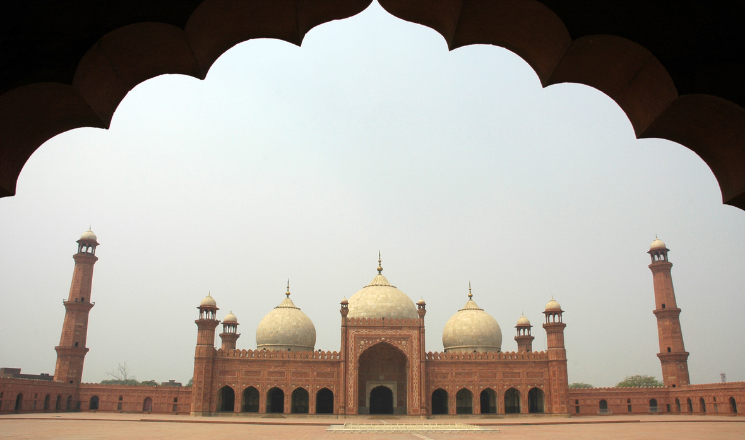
Looking for real experiences that highlight Lahore’s culinary culture? These are must-visits:
- Cuckoo’s Den: Fine dining near Badshahi Mosque, perfect for pairing flavor with history.
- Phajja Siri Paye: Famous for early-morning trotters and deep-rooted tradition.
- Haveli Restaurant: Overlooks Lahore Fort, combining view and taste effortlessly.
- Bashir Dar-ul-Mahi: A go-to for fried fish that Lahoris adore in winter.
Each location is more than just a restaurant—it’s a cultural hub, where locals and travelers gather over shared plates and stories.
Apps and Tools to Explore More Easily

Exploring Lahore culinary heritage has become easier than ever, thanks to modern tools. Whether you’re a local or a first-time visitor, these platforms help you uncover the city’s best bites quickly and conveniently.
- Google Maps – It not only shows locations but also provides honest user reviews for hidden gems.
- Instagram – Besides static posts, many local food bloggers share reels and stories showcasing traditional meals in real time.
- FoodPanda – If you prefer enjoying food at home, this app delivers authentic dishes from all over the city.
Furthermore, these tools make it easier for ancient family-run eateries to reach new generations. Thanks to digital exposure, their culinary legacies continue to thrive, locally and even globally.
How Lahore Preserves Its Culinary Identity
In today’s world, food culture often shifts quickly. But in Lahore, traditions are holding strong. Families still cook together. Old dishes are celebrated, not replaced. Even young chefs are going back to basics, learning the flavors their grandparents knew.
Cooking schools now offer training in authentic Pakistani cuisine. Food festivals promote street food and homemade recipes. On platforms like YouTube, home cooks share traditional methods with global audiences.
This way, Lahore culinary heritage continues to evolve—but never forgets where it came from.
Final Thoughts: Food as Culture, Memory, and Heart
To experience Lahore through its food is to feel its soul. It’s in the shared breakfasts, the midnight snacks, and the feast-day spreads. It’s in the aunties guarding secret recipes and the uncles serving steaming platters on narrow sidewalks.
When you explore Lahore culinary heritage, you taste more than ingredients—you taste love, history, and culture. So take your time, ask questions, and let every bite teach you something new.
Because in Lahore, food isn’t just what you eat—it’s who you are.

